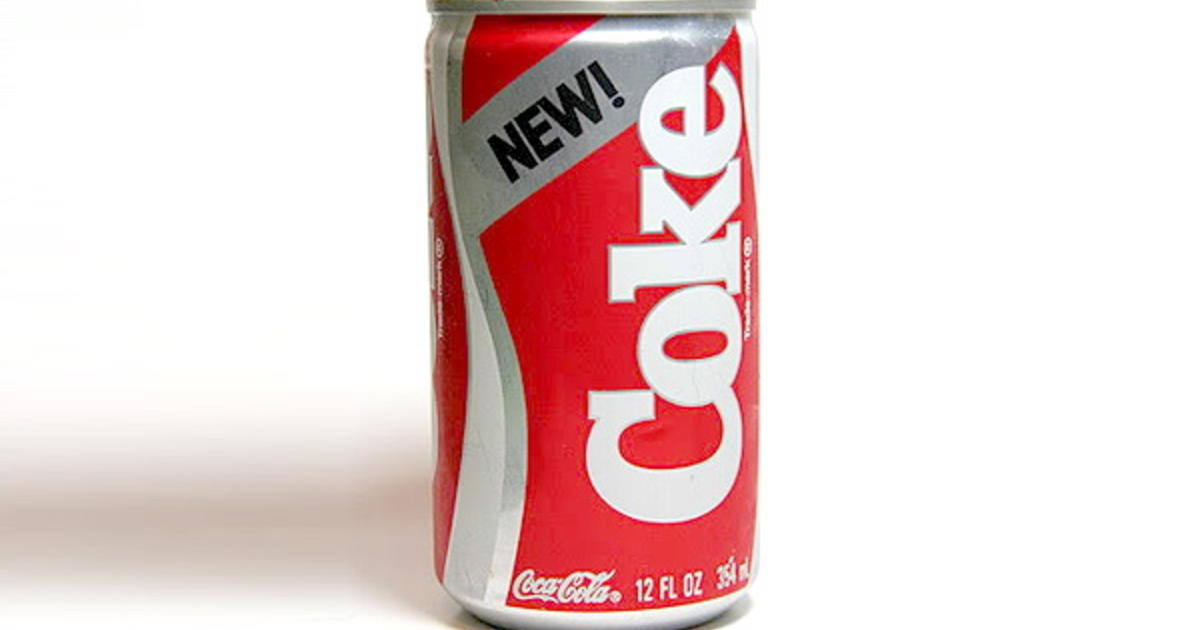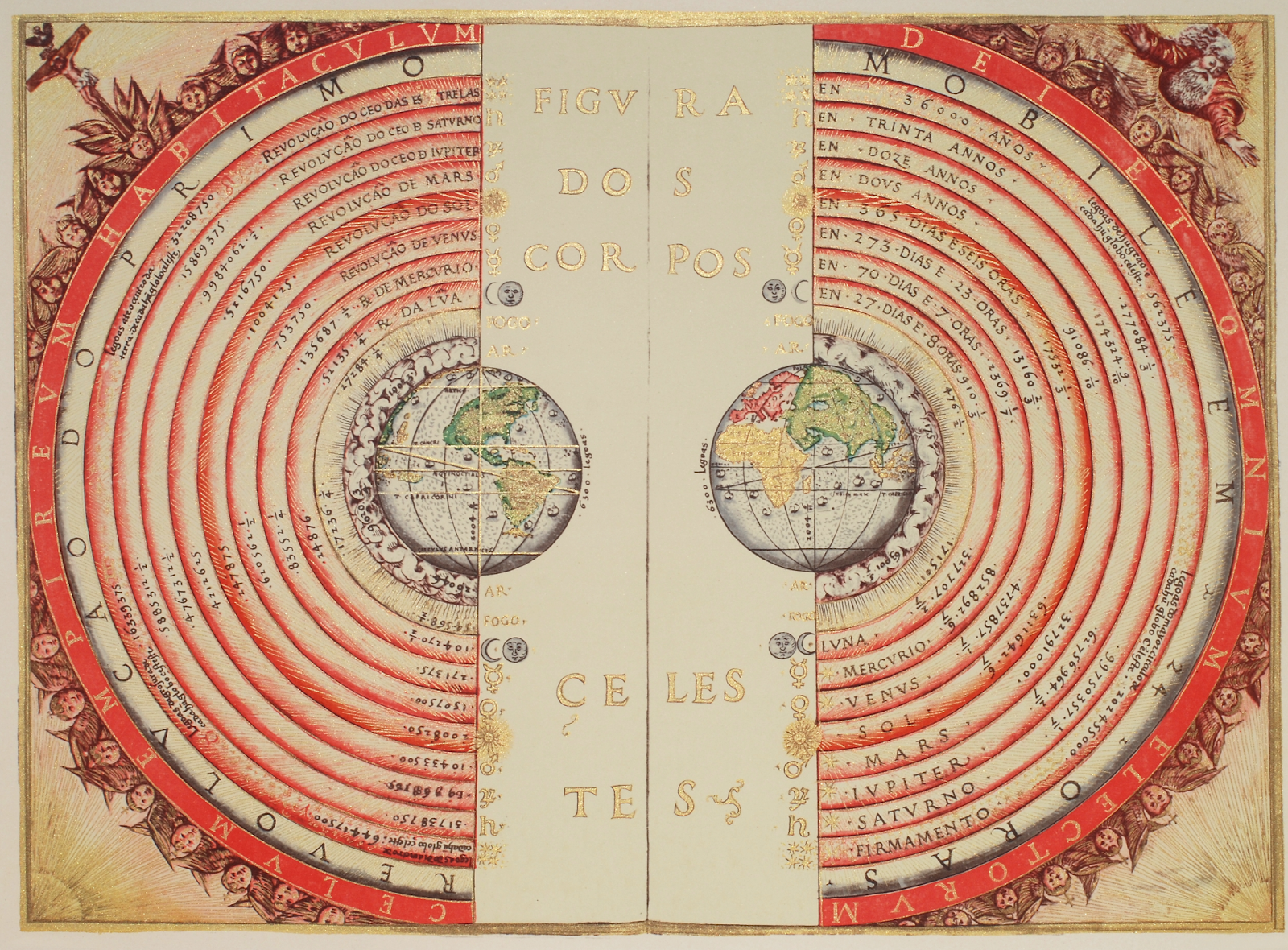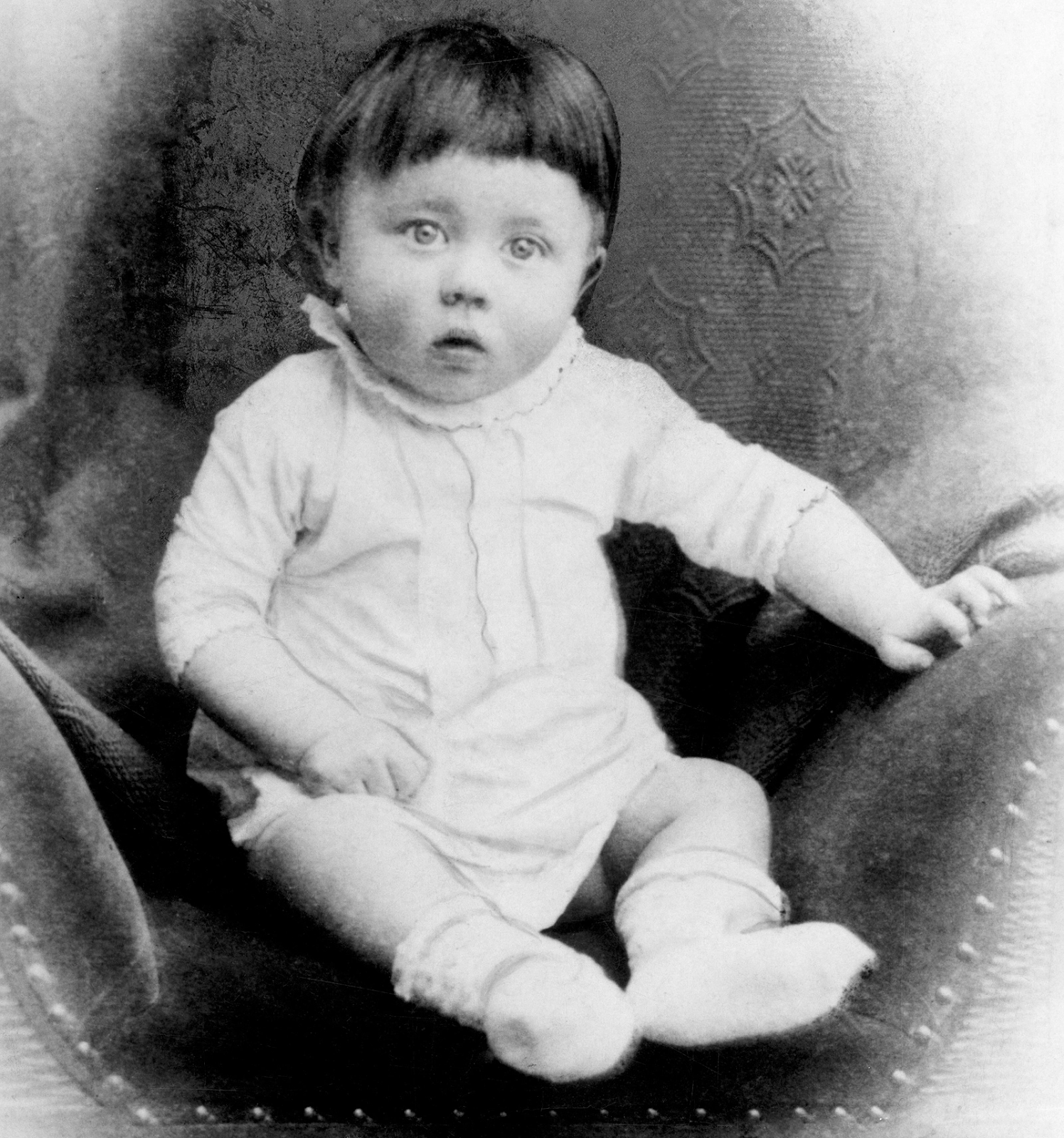KNOWLEDGE AND THE KNOWER
HOW MIGHT THE CONTEXT IN WHICH KNOWLEDGE IS PRESENTED INFLUENCE WHETHER IT IS ACCEPTED OR REJECTED?

Haoues, Rachid. “ 30 Years Ago Today, Coca-Cola Made Its Worst Mistake.” CBS News, CBS Interactive, 23 Apr. 2015,
source
New coke is often cited as one of the Coca-Cola Company’s biggest failures. It is one of the most well documented cases of a company tampering with a well-established brand. When it was released it was hated by many despite the fact that it consistently scored better in blind taste tests. After the brief stint with New Coke, the company reverted back to the original formula, and the New Coke formula has not been missed since. That being said, recently a few years ago Coca-Cola re-released New Coke in collaboration with the Netflix show Stranger Things. I was able to acquire a couple cans of the limited run Coca-Cola produced. As someone who did not witness the hate the formula received in the 80s , I was extremely curious as to what it would taste like. The moment I tasted the New Coke, I felt underwhelmed. To me it tasted just like Coke Classic. In truth, the context is key to understanding why New Coke failed. It failed because when it was released, Coca-Cola stopped production of the original formula. New Coke consistently scored better than Pepsi in blind taste tests, and in theory Coca-Cola had a superior product. In fact, Coca-Cola had a very similar product, only being slightly sweeter than the original formula, however due to the context in which it was released to the public, perception changed. In the same way that I did not find New Coke all that offensive, the public in the 80s didn’t either. New Coke on its own was an acceptable product, however instead of forging a new identity for the company it just made consumers miss the original. Donald Keough, the then COO of Coca-Cola reportedly overheard someone say, “Yes [I like New Coke], but I’ll be damned if I’ll let Coca-Cola know that.” This only goes to show that while knowledge may stay constant, its perception changes depending on the context in which it is released.

